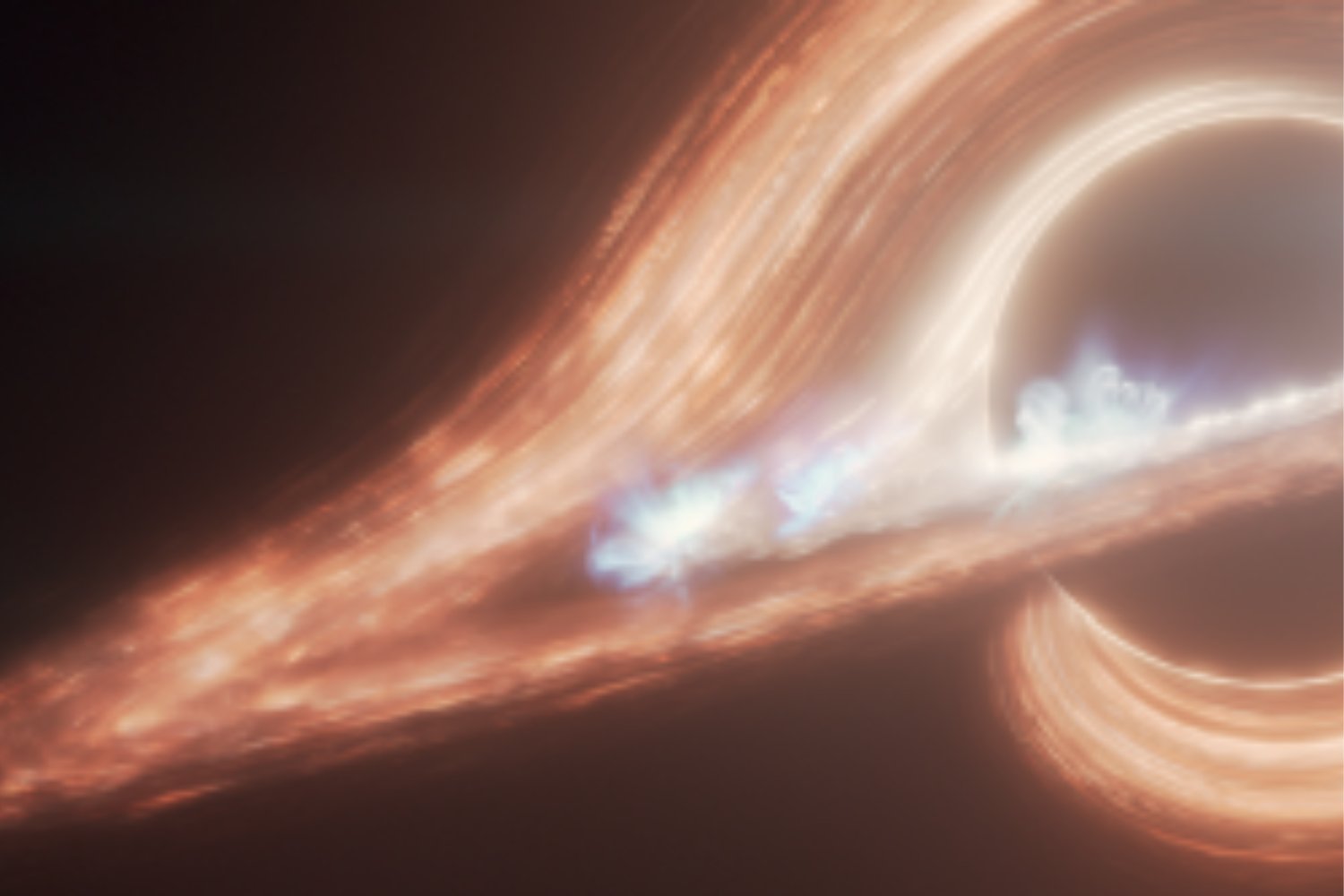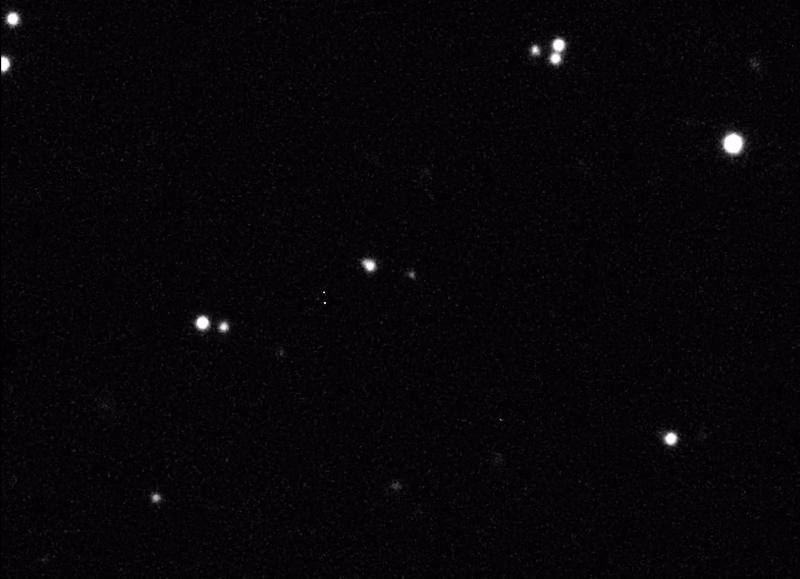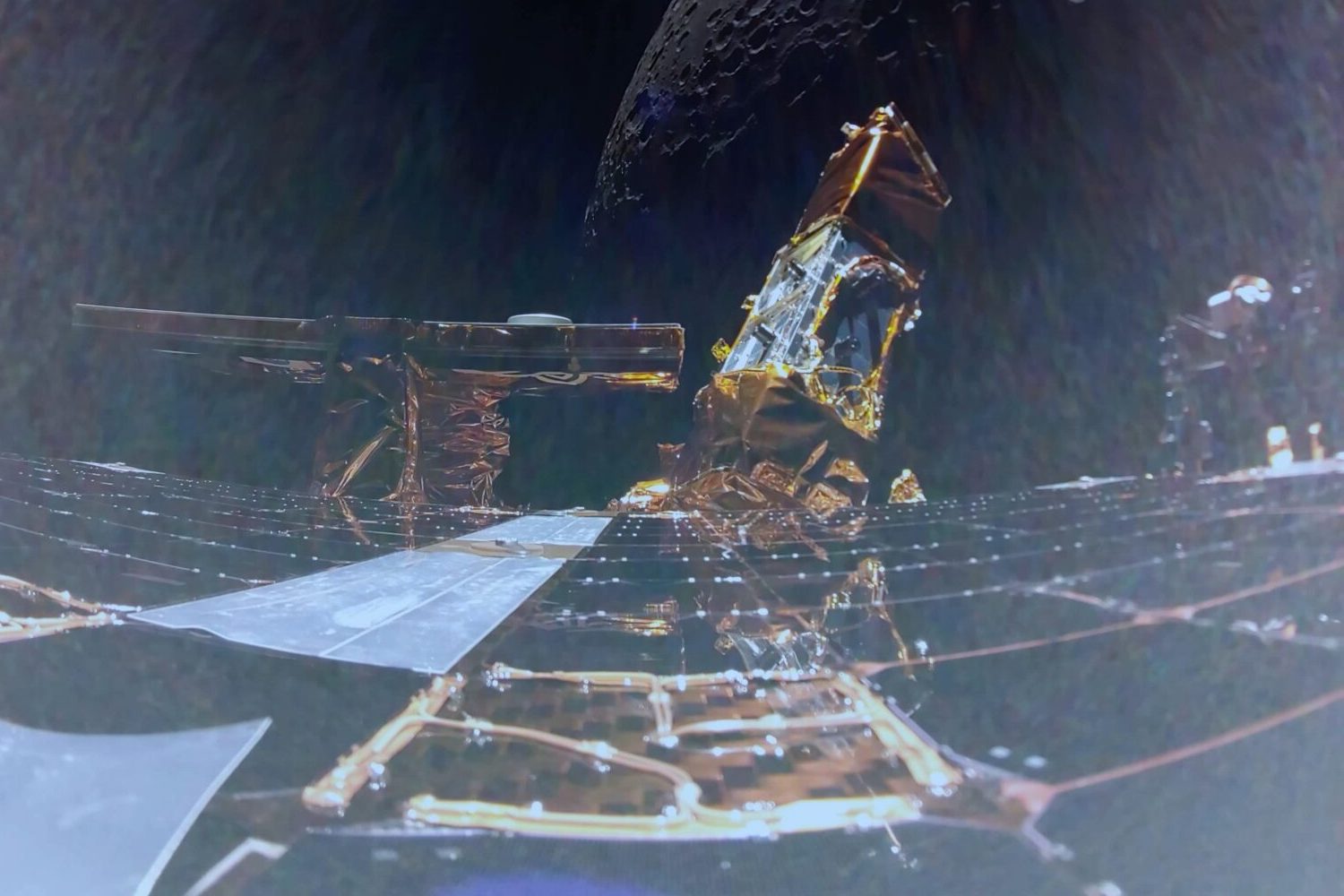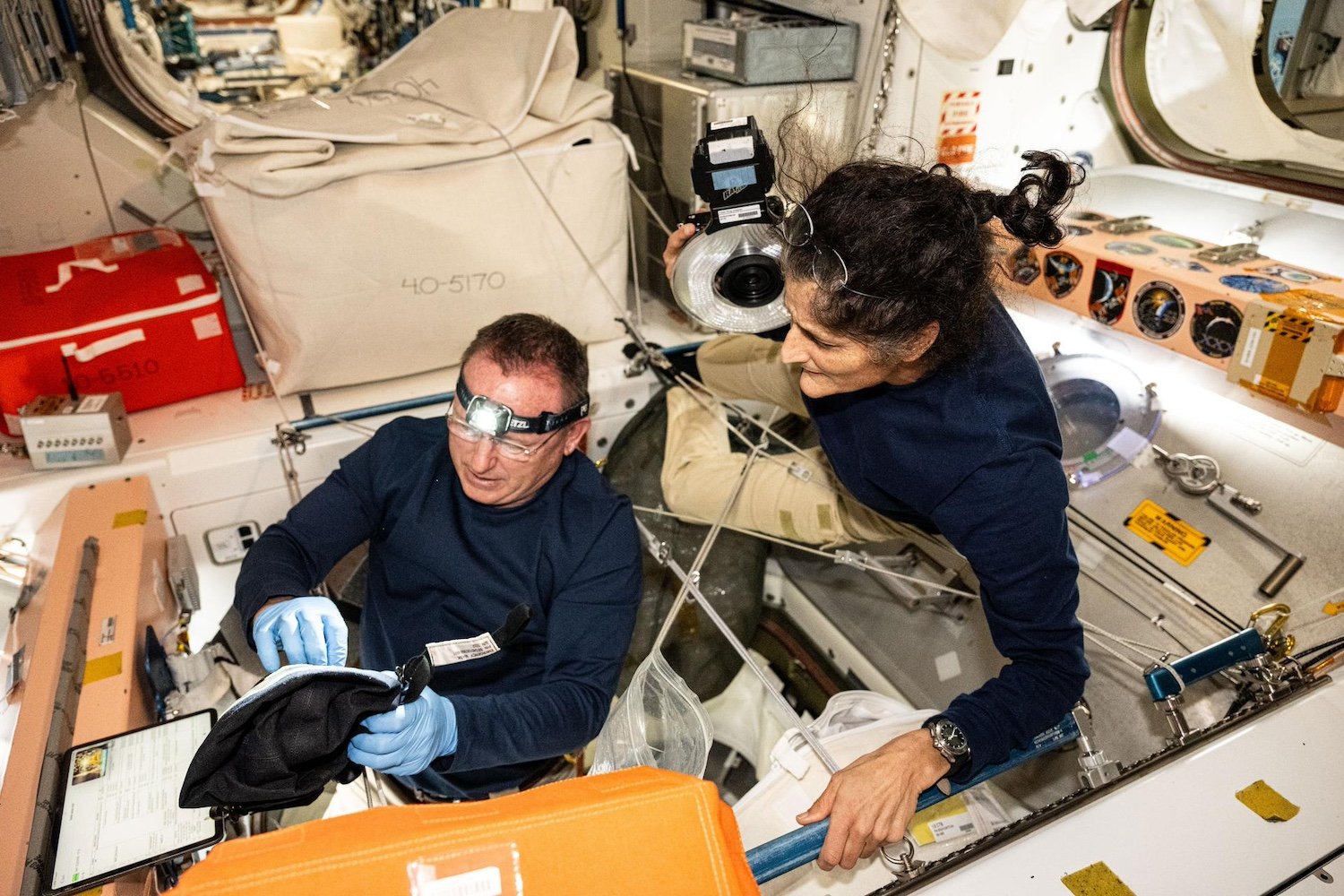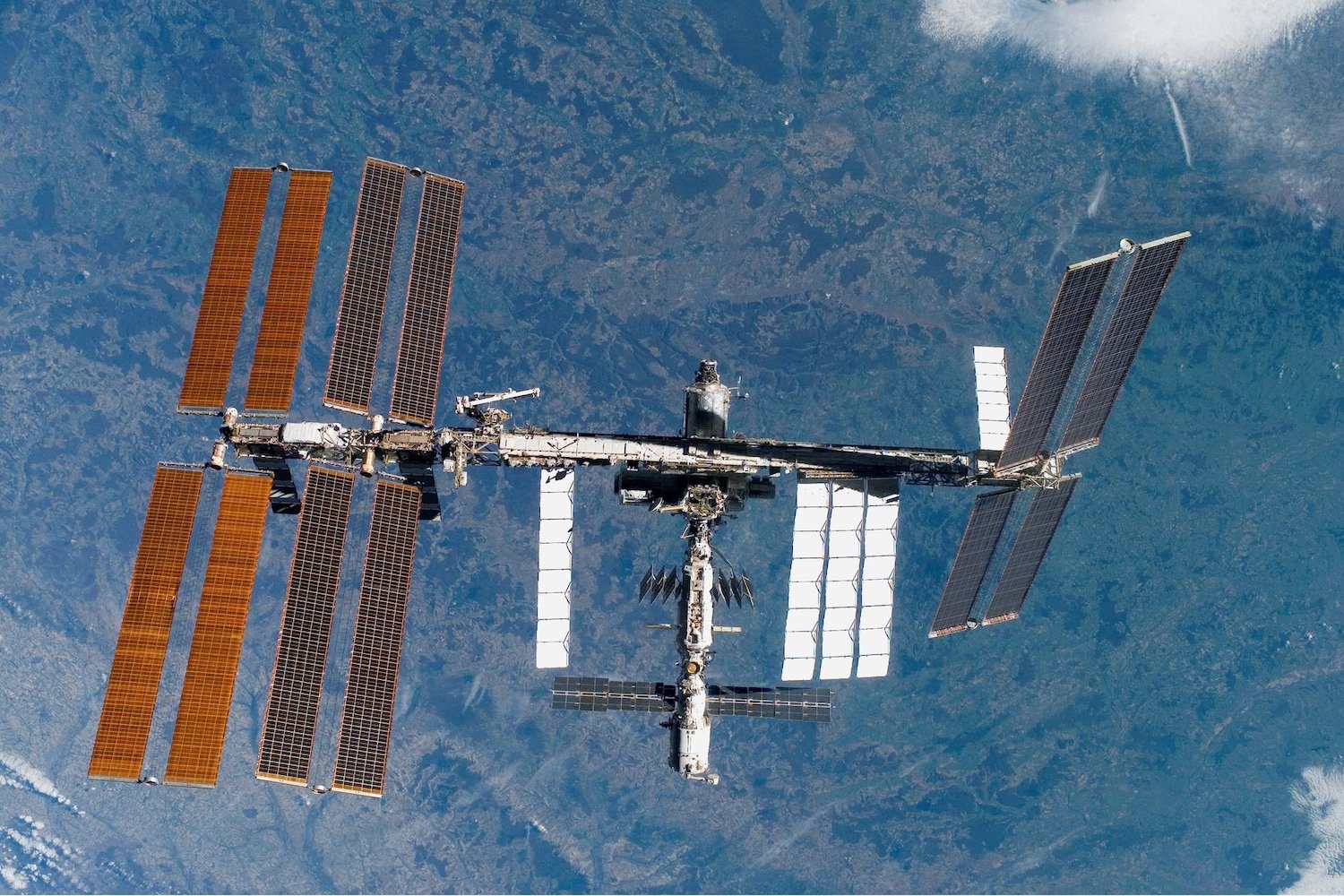The supermassive black hole at the center of our Milky Way galaxy, Sagittarius A*, is exhibiting a surprising flurry of flares, ranging from subtle flickers to brilliant eruptions. This discovery comes from the latest data analysis of extensive observations made by the James Webb Space Telescope, providing the longest and most detailed look yet at this enigmatic celestial object.
Sagittarius A*, boasting a mass approximately four million times that of our Sun, is enveloped by a swirling disk of material constantly being drawn inwards by its immense gravitational pull. These recent Webb observations, focusing on the extreme environment in the black hole’s immediate vicinity, reveal a dynamic and energetic scene.
A new study, published in The Astrophysical Journal Letters, details the frequent flaring activity detected within Sagittarius A*’s accretion disk. These flares offer valuable insights into how supermassive black holes, which remain some of the most perplexing objects in the universe, interact with and influence their surrounding environments.
Unprecedented Activity in Sagittarius A*
“Flares are anticipated around supermassive black holes, but Sagittarius A* is unique,” explains Farhad Yusef-Zadeh, lead author of the study and an astronomer at Northwestern University. “It’s consistently active, never settling into a stable state. Our multiple observations throughout 2023 and 2024 revealed noticeable changes each time.”
Sagittarius A* is known to flare at X-ray wavelengths intermittently and more frequently in the infrared, making it an ideal subject for Webb’s powerful infrared instruments. The recent observations, totaling 48 hours over a year, utilized Webb’s Near-Infrared Camera (NIRCam). By observing the black hole at various points throughout the year, the team aimed to track the evolution and characteristics of its flaring activity.
Frequent and Intense Flares
The astronomers were surprised by the sheer frequency of the flares, observing five to six large flares daily, punctuated by smaller bursts in between. Yusef-Zadeh suggests these flares likely originate from disruptions within the accretion disk, where the superheated gas (plasma) is compressed, leading to sudden bursts of radiation. This process is analogous to solar flares emanating from our own Sun, albeit on a dramatically larger and more energetic scale.
Comparing Solar and Black Hole Flares
“While the underlying processes are similar to solar flares, the environment around a black hole is far more extreme and energetic,” Yusef-Zadeh notes. “However, much like a black hole’s accretion disk, the Sun’s surface also exhibits constant bubbling activity.”
This latest research follows another recent discovery where a separate team detected mid-infrared flares from Sagittarius A* using Webb’s Mid-Infrared Instrument (MIRI). These combined observations offer invaluable data for understanding how our galaxy’s central black hole interacts with its surrounding matter and how its flares impact the accretion disk and beyond. These findings underscore the remarkable capabilities of the James Webb Space Telescope, designed to explore the vast expanse of cosmic history from the earliest light in the universe to the fascinating details of objects within our own solar system and, as demonstrated here, the enigmatic heart of our galaxy.



